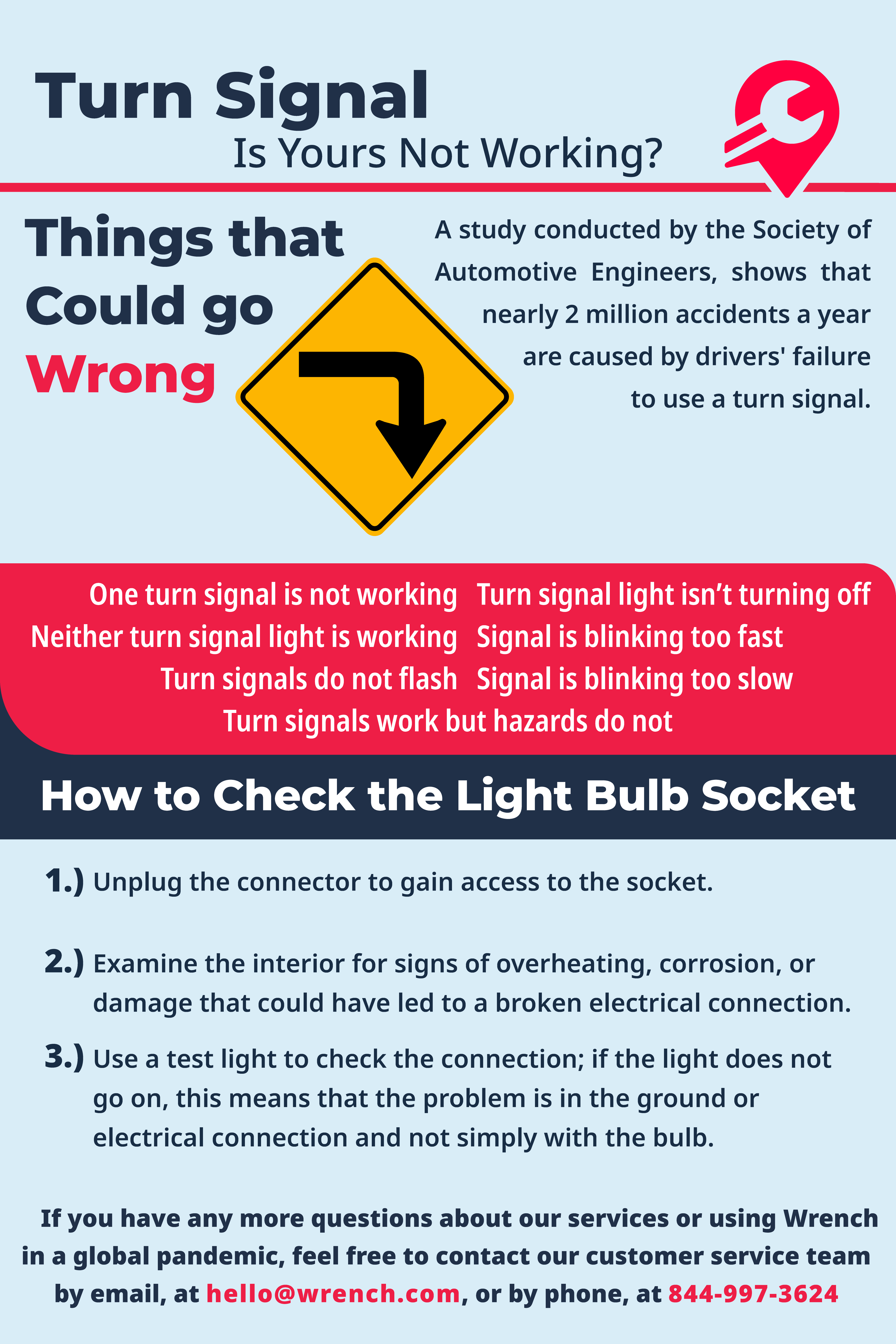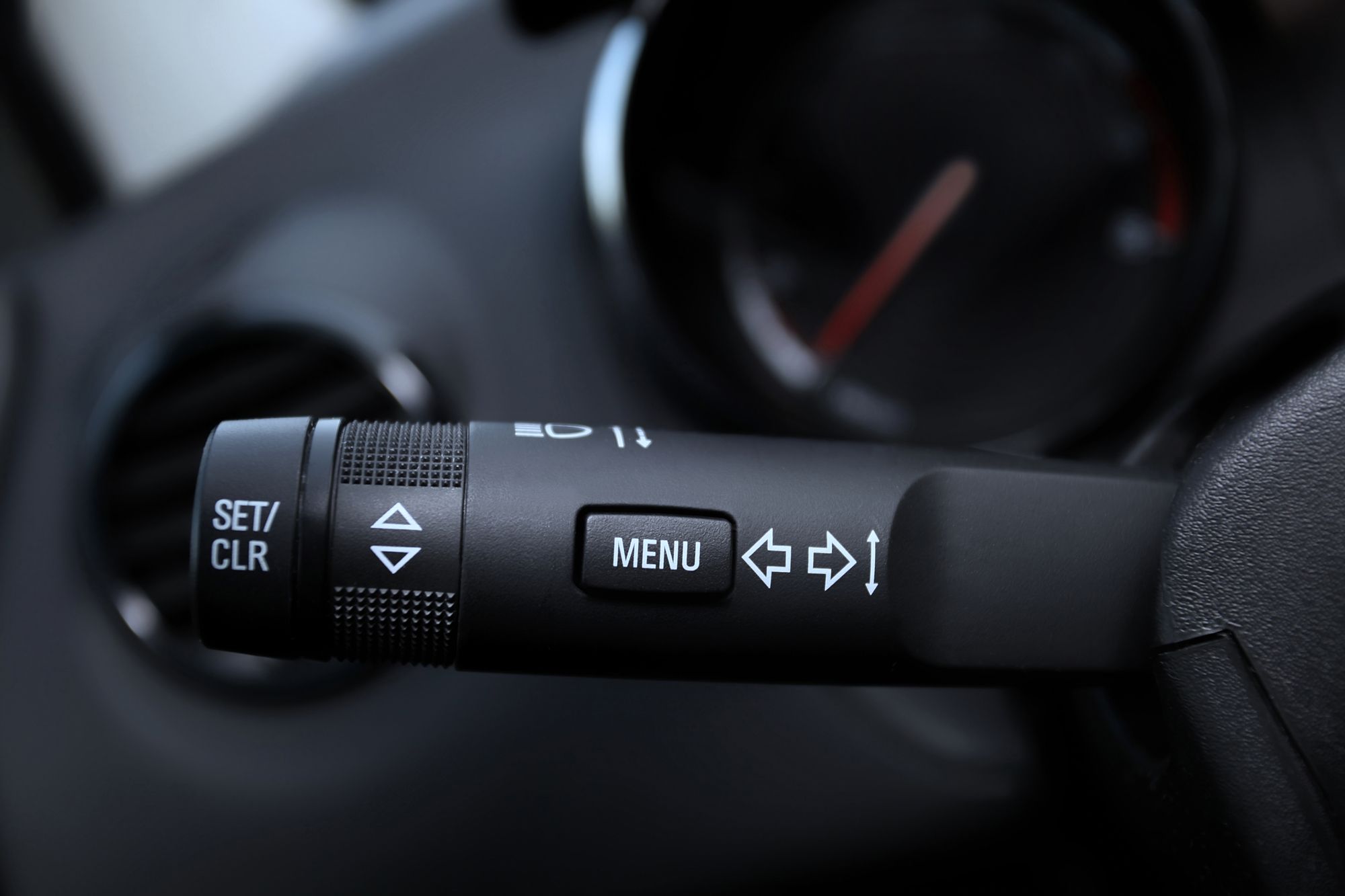Have you ever been driving and realized you do not hear the normal turn signal sound when you are trying to make a turn? This is the most common sign that your turn signal is not working and should be addressed as soon as possible because failing to do so could be extremely dangerous. You should treat a broken turn signal the same way you would treat a burnt-out headlight or taillight, and get your car serviced as soon as possible, for your sake and the sake of all other drivers on the road. There are many accidents that happen every single year as a result of failing to use turn signals and you do not want to be one of them, especially if you can help it. Even if your turn signal is not broken, this article is a good reminder to always use them, regardless of where you are. The majority of vehicle accidents happen very close to home, so do not let your comfort with the area stop you from practicing basic vehicle safety. If you are a diligent turn signaler but notice that there is an issue with yours, schedule an appointment with Wrench immediately. Our ASE-certified mechanics have experience with all types of vehicles and will be able to get the issue resolved so you can get back on the road safely.
Get a free quoteFixing the turn signal yourself can be done successfully with the tools and equipment, but it is important to do proper research before attempting this project at home. Although the simple act of flicking on your turn signal does not require any thought, there are many wires, bulbs, connectors, and other parts involved in making it happen. Read the repair manual for your car’s make and model carefully and watch videos if necessary, because the last thing you want is to create a bigger problem than the one you started with. One thing to keep in mind if you are doing the repair yourself is to deactivate the airbags before accessing the turn signal switch so you do not accidentally set them off. As with any project, make a plan and get prepared before you start on anything. You do not want to take your car apart only to realize you do not have the proper tools. Additionally, there are a lot of different reasons your turn signal could be malfunctioning and each one has a different repair process, so do not go into the project thinking there is one solution. Do your research and consult a mechanic or book an appointment with a Wrench mobile technician if you run into any issues. Our mechanics can come to your home and fix your car for you, so you will have all of the satisfaction of not having to go to a repair shop without doing any of the work.

When it comes to turn signal lights, there are many different things that could go wrong. Use this list to determine if your issue falls into one of these categories:
- One turn signal is not working. If this is the case, it should be a simple fix, because you are likely dealing with a burnt-out bulb. If you are doing the replacement yourself, be sure to check the socket for corrosion. If you use a Wrench mechanic, they will check that for you and will let you know if there are any further problems.
- Neither turn signal light is working. If both lights are not working, this is likely a sign of a blow fuse or a dysfunctional flasher. This could also be due to a corroded socket or damaged bulbs, which are a slightly more complicated issue. Not being able to use your turn signals at all extremely dangerous and we recommend avoiding driving as much as possible until one of our mechanics comes out to fix the problem.
- Turn signals do not flash. If the lights are working fine but are not flashing, this is an issue with the turn signal flasher or turn signal switch. If you want to check this problem out yourself, you will need to access the signal switch electrical connector. We recommend following the detailed instructions in the owner’s manual before attempting any sort of work at home.
- Turn signals work but hazards do not. In most cars, you will most likely need to change the flasher or the fuse, or just readjust the connection.
- Turn signal light isn’t turning off. This can be dangerous for other cars on the road who think that you are constantly trying to turn or do not know where you are actually going. This issue can usually be resolved by replacing the switch, cam, or assembly depending on the nature of the problem and the type of car you drive.
- Signal is blinking too fast. If your turn signal is blinking more rapidly than normal, this likely means that there is a bulb out on the side. Turn signals rapidly pause the circuit that causes the front and rear lights to flash, but the resistance that controls the timing can fail when one of the bulbs is out or not working properly.
- Signal is blinking too slow. Having a turn signal that blinks too slow can also be dangerous because it can be confusing for the other cars on the road to know what you are trying to do. This could also be due to a malfunctioning bulb on the side of the car that is impacting the resistance of the circuit.
As we mentioned before, you should do thorough research before attempting any repairs on your own. The purpose of this article is to help you determine which issue you are dealing with, not to instruct you how to fix it. However, many turn signal problems deal with the light bulb socket, so we have included a simple guide to check its performance. This is a relatively easy procedure and is often a good starting place, but make sure to do additional preparation if you are attempting to fix the problem.
How to check the light bulb socket
- Unplug the connector to gain access to the socket.
- Examine the interior for signs of overheating, corrosion, or damage that could have led to a broken electrical connection.
- Use a test light to check the connection; if the light does not go on, this means that the problem is in the ground or electrical connection and not simply with the bulb.
Important reminders
- Your turn signal lights are connected to your hazard lights, meaning that it is even more critical that you solve this issue as soon as possible, because you never want both to be malfunctioning.
- If you are planning on attempting any of these repairs yourself, make sure you do sufficient research and read your owner’s manual to know how to best approach you car specifically. There are many different moving parts and so it is important that you are prepared do to the work.
- If you sense any issues with your turn lights, whether it is irregular flashing, one signal is not working properly, or they are out all together, it is important to address the issue immediately. Schedule an appointment with a Wrench mobile mechanic, who can come out to your location and fix your car in no time. This is not an issue that should be pushed off until you are due for a tune-up because you could be putting yourself and others at risk.
Turn signal issue can be difficult to identify and therefore figure out how to fix. Wrench has put together a comprehensive guide to addressing your turn signal problems and what to do about it. Although it may seem like a trivial problem, having malfunctioning turn signals impacts you and everyone else on the road. These problems should not be put off but rather addressed as soon as they come about. If you have any more questions about our services or using Wrench in a global pandemic, feel free to contact our customer service team by email, at hello@wrench.com, or by phone, at 844-997-3624.
Get a free quote

